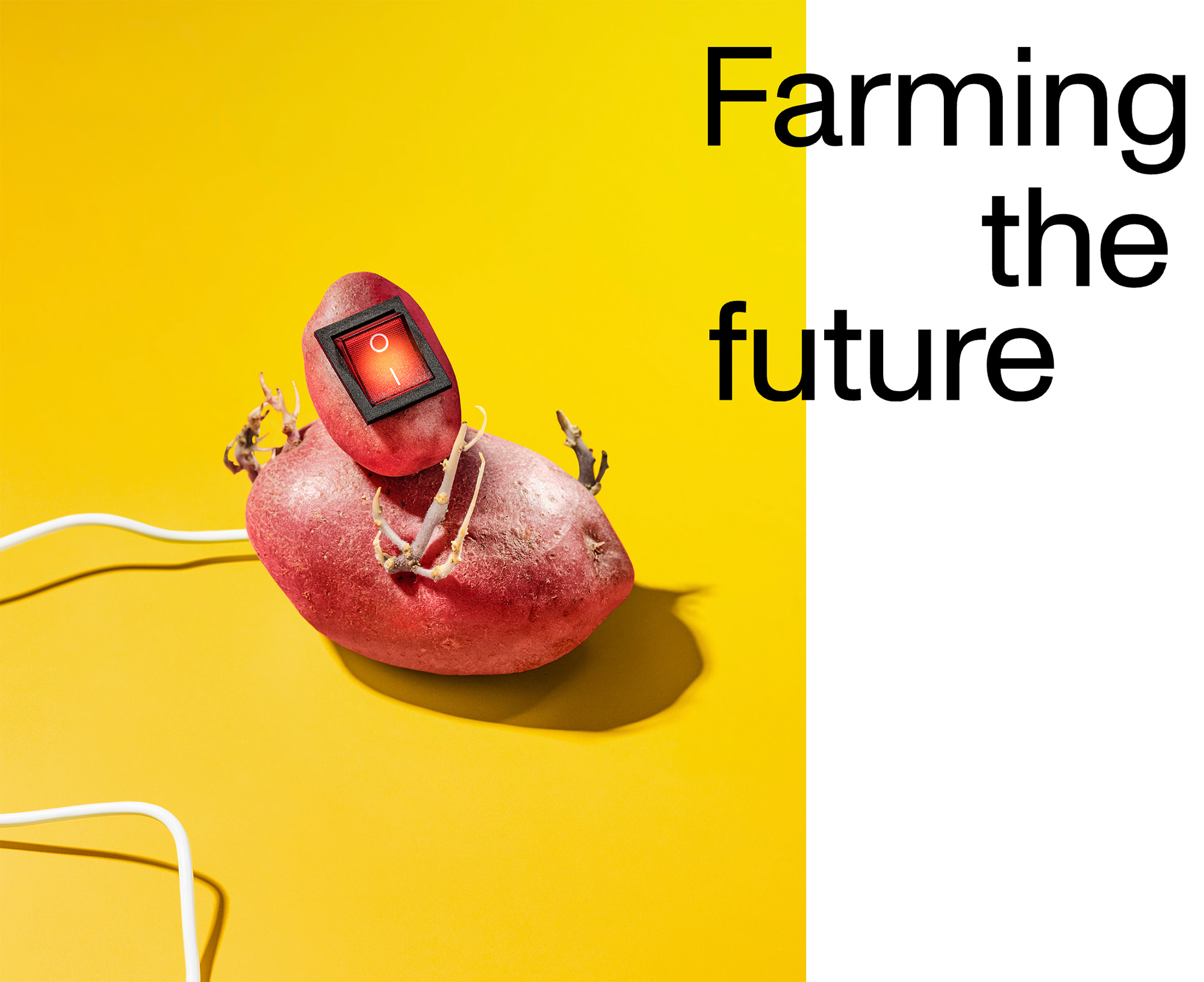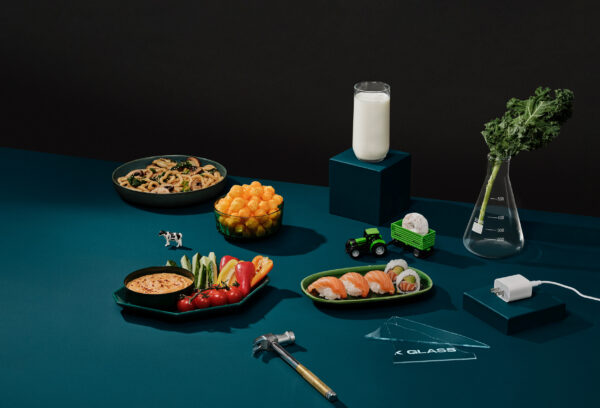The host calls out. Dinner is ready.
Someone roasted a turkey. Around it, the table fills with favourites—latkes with sour cream, kebabs, Singapore noodles, bannock, lasagna, sushi—and, of course, the requisite veggie tray.
Plates are filled and everyone finds a spot to sit—on chairs, couches, the stairs—while others stand, balancing plates and cutlery as best they can.
There’s small talk, maybe a bit of political debate. But no one is talking, or even thinking, about how the food is grown and produced, where it comes from or what it will take to keep it on our tables in the future.
Every bite on that buffet arrived through a complex mix of science, politics, history, economics and global supply chains, all now being reshaped by the biggest influence of all: climate change. Hunger is rising worldwide, billions lack regular access to safe and nutritious food and nearly half of what’s produced in Canada ends up wasted.
Western researchers are tackling every part of the food system, from growing and distributing to improving nutrition and cutting waste. It won’t happen overnight, but their work is a ‘back to our roots’ effort to reshape how we grow, share and sustain food for generations to come. →
Continue reading:
● Farming the future →
● Politics of the plate →
● What we know, what we eat →
● Scraps and solutions →
Next:

